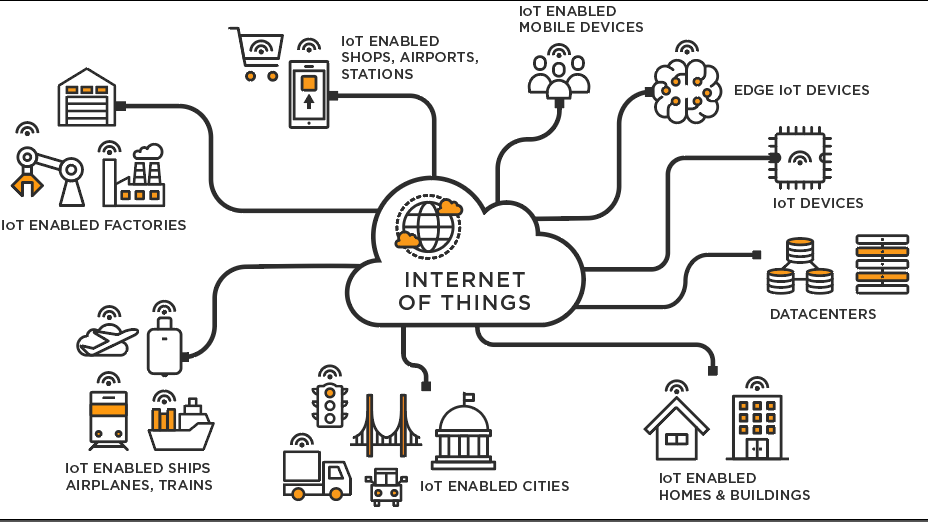Buzz Haven: Your Source for Trending Insights
Stay updated with the latest buzz in news, trends, and lifestyle.
IoT or Not IoT: The Daily Dance of Smart Devices
Discover the fascinating world of smart devices in IoT or Not IoT: Explore the daily dance of connectivity and convenience!
Understanding the Internet of Things: What Makes a Device 'Smart'?
The Internet of Things (IoT) represents a transformative shift in how we interact with our environment through interconnected devices. At its core, a smart device is any object that can be connected to the internet and can collect, send, or receive data. This capability allows these devices to communicate with each other and with centralized systems, enabling automation and improved functionality. Some common examples include smart thermostats, which learn user preferences to optimize energy consumption, and smart wearables that track health metrics in real-time.
What distinguishes a smart device from a traditional one is not just its connectivity but also its ability to analyze data and make decisions based on that information. For instance, a smart home system can integrate various devices—like lights, locks, and cameras—into a single platform, which can be controlled remotely. Additionally, through machine learning algorithms, these devices can adapt to user habits, improving their efficiency and responsiveness. As we continue to embrace the IoT, understanding the fundamentals of what makes a device 'smart' is essential for leveraging its full potential.

5 Signs Your Device is Truly IoT-Enabled
As the world becomes increasingly interconnected, it is essential to recognize the signs your device is truly IoT-enabled. One clear indicator is the device's ability to connect to the internet seamlessly. If your device can access and exchange data with other devices or cloud services without requiring manual intervention, it is likely part of the Internet of Things (IoT). Additionally, look for features such as remote control capabilities via smartphone apps or web interfaces, which allow you to manage your device from anywhere in the world.
Another sign is the ability of your device to automatically update its firmware or software. In the IoT ecosystem, devices often receive updates to enhance functionality, security, and performance. Furthermore, if your device incorporates data analytics to provide insights or predictive maintenance, it demonstrates a higher level of IoT integration. Lastly, think about inter-device communication: if your device can interact with others in its network, sharing data and responding to commands autonomously, it showcases its true IoT capabilities.
The Future of Smart Living: Trends in IoT Technology
The future of smart living is being shaped by rapidly evolving IoT technology, which is becoming increasingly integrated into our daily lives. As more devices connect to the Internet, households are transforming into smart homes equipped with intelligent systems that offer unparalleled convenience and automation. With advancements in artificial intelligence and machine learning, IoT devices can learn from user behavior, optimize energy consumption, and enhance security measures, creating a seamless living experience. For instance, smart thermostats can adjust settings based on your routine, while smart security cameras can distinguish between familiar faces and strangers, offering peace of mind.
As we look to the future, several key trends are emerging in IoT technology that are set to revolutionize smart living. Firstly, the proliferation of 5G networks will significantly enhance connectivity, allowing for faster and more reliable communication between devices. This will enable a greater number of devices to operate efficiently within a single home ecosystem. Secondly, the emphasis on sustainability will drive innovation in smart home devices, with more products focusing on energy efficiency and reducing environmental impact. Lastly, the increased integration of voice-activated assistants and smart speakers will facilitate effortless control over household systems, making smart living more accessible and user-friendly than ever before.